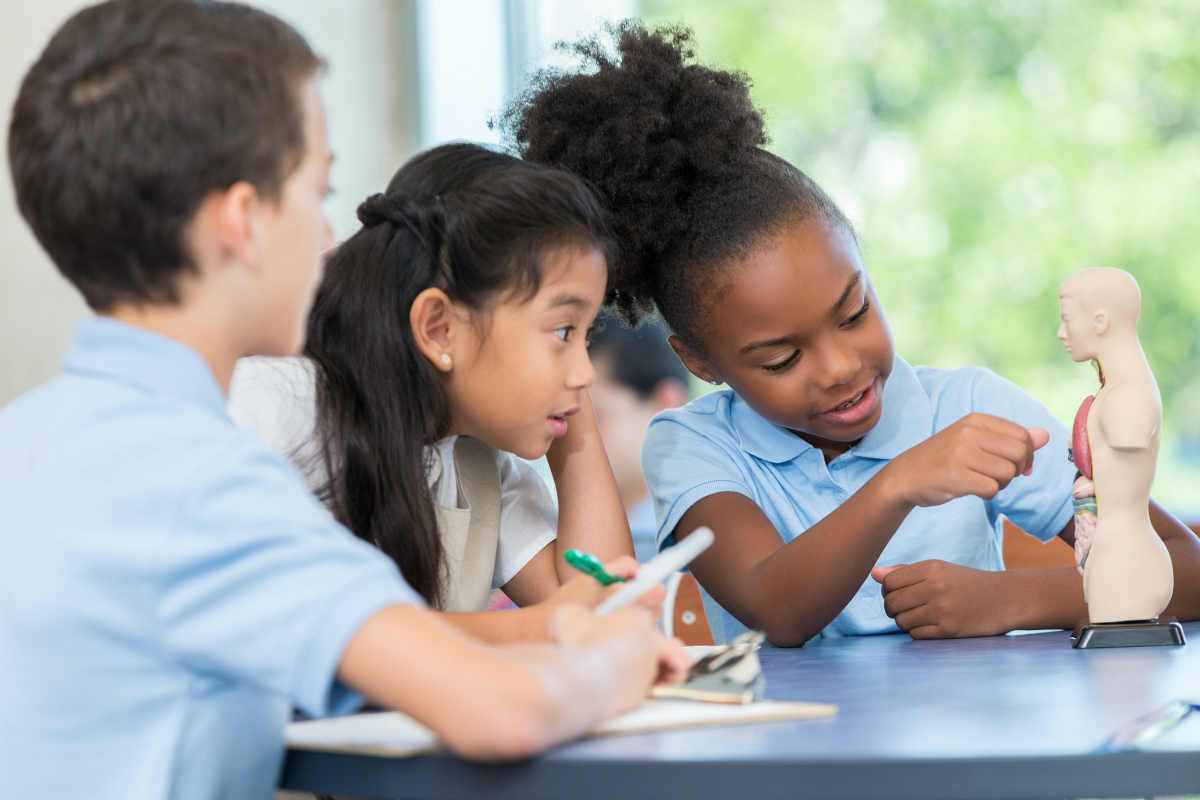Where children lived during the pandemic mattered more to their academic progress than their family background, income or internet speed, according to The Education Recovery Scorecard, released in May by the Center for Education Policy Research at Harvard University (CEPR) and Stanford University’s Educational Opportunity Project.
Reviewing data from 8,000 communities in 40 states and Washington, D.C., including 2022 National Assessment of Educational Progress scores and spring 2022 assessments, COVID death rates, voting rates and trust in government, patterns of social activity and survey data from Facebook on family activities and mental health during the pandemic, researchers developed 12 new state reports for those whose 2022 scores were not available in October and a brief to provide a comprehensive picture of how the pandemic affected student learning.
Also available is an interactive map that highlights examples of inequity between neighboring school districts.
In some of the hardest hit communities across the country where students fell behind more than 1.5 years in math, researchers noted schools would have to teach 150 percent of a typical year’s worth of material for three years in a row just to catch up — an insurmountable task without a major increase in instructional time.
“Schools were not the sole cause of achievement losses, nor will they be the sole solution. As enticing as it might be to get back to normal, doing so will just leave the devastating increase in inequality caused by the pandemic in place,” said CEPR faculty director Thomas Kane. “Children have resumed learning, but largely at the same pace as before the pandemic. There’s no hurrying up teaching fractions or the Pythagorean theorem. We must create learning opportunities for students outside of the normal school calendar, by adding academic content to summer camps and after-school programs and adding an optional 13th year of schooling.”
Kane suggested that any district that lost more than a year of learning should be required to revisit their recovery plans and add instructional time — summer school, an extended school year, tutoring, etc.
Among the key findings:
- The extent to which schools were closed appears to have had the same effect on all students in a community, regardless of income or race.
- Test scores declined more in places where the COVID death rate was higher, in communities where adults reported feeling more depression and anxiety during the pandemic, and where daily routines of families were most significantly restricted. This was the case even in places where schools reopened quickly.
- Test score declines were smaller in communities with high voting rates and high Census response rates — indicators considered to be indicative of “institutional trust.” Remote learning was also less detrimental in such places, suggesting that living in a community where more people trust the government may have been an asset to children during the pandemic.
- The average U.S. public school student in grades 3-8 lost the equivalent of a half year of learning in math and a quarter of a year in reading.
Next steps
While many experts have advocated for accelerating learning as a response to learning setbacks, findings from this latest research suggest this strategy may not be the silver bullet due to barriers surrounding curricula, teacher availability and school calendars, as well as parental attitudes and perceptions.
For instance, while districts may propose and teachers may agree to more drastic measures like extending the school year, a lack of parental buy-in could limit the effectiveness of such interventions.
And recent parent surveys show just 25 percent of parents believe their child is still behind academically, while nearly 90 percent believe their child is at or above grade level in math and/or reading.
“It’s not readily visible to parents when their children have fallen behind earlier cohorts, but the data from 7,800 school districts show clearly that this is the case,” said Sean Reardon, professor of Poverty and Inequality, Stanford Graduate School of Education. “The educational impacts of the pandemic were not only historically large, but were disproportionately visited on communities with many low-income and minority students. Our research shows that schools were far from the only cause of decreased learning — the pandemic affected children through many ways — but they are the institution best suited to remedy the unequal impacts of the pandemic.”





